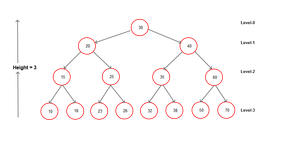Series: Data Structures and Algorithms
Type: Dynamic Array
DS: Arrays
Code: Google Collab Notebook
Introduction
An operation frequently performed on matrices is known as the transpose. The transposition of a matrix is a new matrix whose rows are the columns of the original matrix and whose columns are the rows. In more formal terms, the i-th row, j-th column element of the original matrix becomes the j-th row, i-th column element in the transposed matrix. In essence, matrix transposition involves reflecting the elements of the matrix across its main diagonal, running from top left to bottom right.
But why is transposition important? Matrix transposition often comes up in mathematics, physics, computer science, and engineering. For example, mathematics requires it when solving systems of linear equations, vector space transformations, or eigendecompositions. In computer science and machine learning, it's used extensively in data manipulation and neural network architectures. Furthermore, it plays a crucial role in graphical transformations in game and software development.
The series will cover a broad range of questions from Easy-Hard difficulty and will have helpful interview tips throughout the posts.
You don't have full access to this post on Amitk.io at the moment.
Subscribe nowAlready have an account? Sign in



